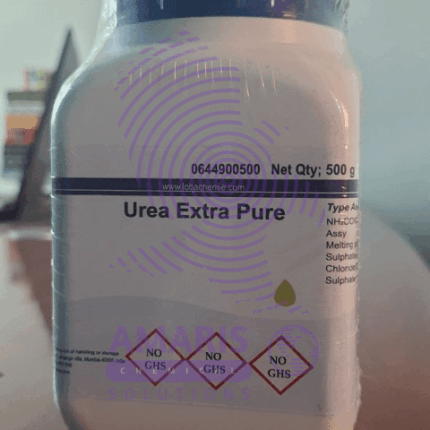
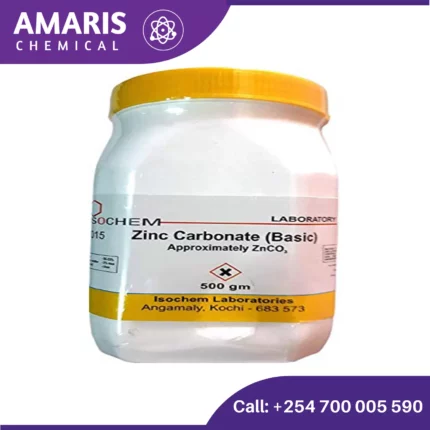
Visking Tube 1 Metre
KSh1,200.00 Original price was: KSh1,200.00.KSh900.00Current price is: KSh900.00.
A Visking tube, also known as dialysis tubing, is a type of semi-permeable membrane tubing used in various scientific and medical applications. It is commonly used in biological and chemical laboratories for processes such as dialysis, osmosis, and diffusion studies.
Key Features of Visking Tube:
- Semi-permeable Membrane: Visking tubes allow certain small molecules and ions to pass through while blocking larger molecules. This property makes them ideal for separating substances based on size.
- Composition: Typically made from cellulose or regenerated cellulose, which provides the selective permeability required for its functions.
- Applications:
- Dialysis: Used to separate small molecules or ions from larger molecules in solution, commonly used in protein purification.
- Osmosis Experiments: Demonstrates osmosis, a process where water moves across the membrane from a region of low solute concentration to a region of high solute concentration.
- Educational Demonstrations: Frequently used in classrooms to demonstrate principles of diffusion and osmosis.
How It Works:
- Dialysis: The Visking tube is filled with a solution containing both small and large molecules and then submerged in a solvent. Over time, the small molecules pass through the membrane into the surrounding solvent, while the larger molecules are retained inside the tube.
- Osmosis: When filled with a concentrated solution and placed in pure water, water will move into the tube, increasing the volume inside, demonstrating osmotic pressure.
Practical Considerations:
- Preparation: The Visking tube must be soaked in water before use to make it flexible and remove any preservatives.
- Clamping: Both ends of the tube need to be securely clamped or tied to prevent leakage during experiments.
Educational Value:
- Visking tubes are valuable educational tools in demonstrating fundamental biological processes like nutrient absorption, waste excretion, and fluid balance in cells.
Example Experiment:
- Diffusion of Glucose and Starch: Fill the Visking tube with a solution of glucose and starch, then immerse it in water containing iodine. Over time, glucose will diffuse out of the tube while starch remains inside, demonstrating selective permeability.
Uses of a VISKING TUBE
1. Dialysis
Visking tubes are widely used in the process of dialysis, where they help separate small molecules or ions from larger molecules in a solution. This application is crucial in:
- Protein purification: Separating proteins from smaller impurities or salts.
- Desalting: Removing small ions or molecules from a solution containing larger biomolecules.
2. Demonstrating Osmosis and Diffusion
In educational settings, Visking tubes are often used to demonstrate the principles of osmosis and diffusion:
- Osmosis experiments: Showing the movement of water across the membrane from a region of lower solute concentration to higher solute concentration.
- Diffusion experiments: Demonstrating how small molecules move through the semi-permeable membrane while larger molecules cannot.
3. Modeling Cell Membranes
Visking tubes serve as an excellent model for cell membranes, helping students and researchers understand how substances move in and out of cells. This is useful for:
- Educational demonstrations: Illustrating concepts such as selective permeability, nutrient absorption, and waste excretion.
- Research: Studying the behavior of molecules in environments that mimic cellular conditions.
4. Chemical Separation
In chemical laboratories, Visking tubes are used to separate components of a mixture based on their molecular size:
- Fractionation: Separating different fractions of a mixture for further analysis or purification.
- Buffer exchange: Replacing the buffer solution around a sample with a different buffer while retaining the sample inside the tube.
5. Food Science
Visking tubes can be used to demonstrate diffusion and osmosis in food science:
- Nutrient release studies: Investigating how nutrients or flavors diffuse through membranes.
- Preservation research: Studying how barriers can be used to control the movement of substances in food preservation.
6. Pharmaceutical Applications
In the pharmaceutical industry, Visking tubes are employed in various research and development processes:
- Drug release studies: Understanding how drugs are released from formulations over time through diffusion.
- Controlled release systems: Designing systems where the release rate of active ingredients can be controlled through a semi-permeable membrane.
Example Experiment: Dialysis of Starch and Glucose
An illustrative experiment using Visking tubing involves separating glucose from starch:
- Preparation: Fill the Visking tube with a solution containing both glucose and starch.
- Immersion: Place the tube in a beaker of water.
- Observation: Over time, glucose molecules diffuse out of the tube into the water, while starch molecules remain inside. Testing the surrounding water for glucose confirms its diffusion through the membrane.

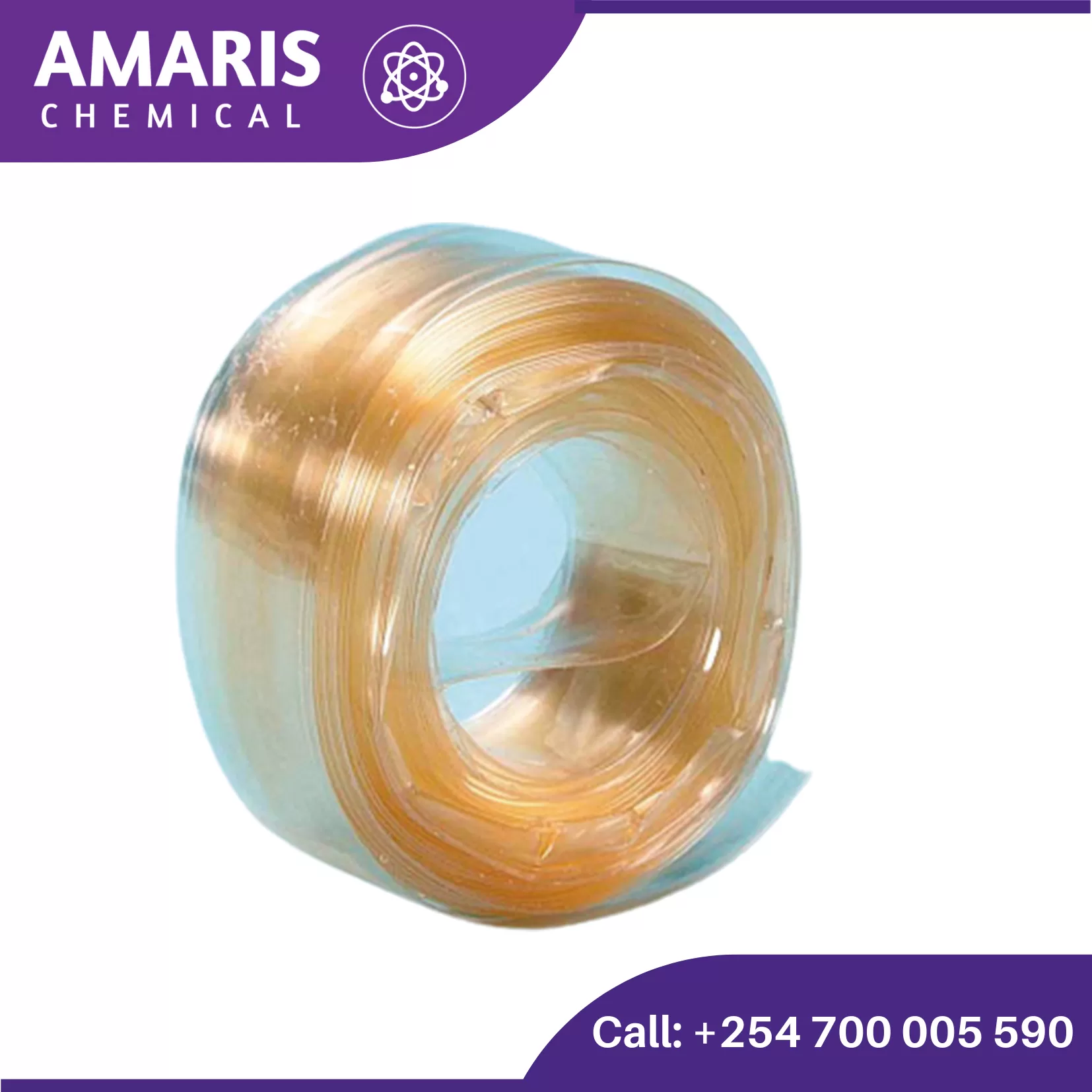
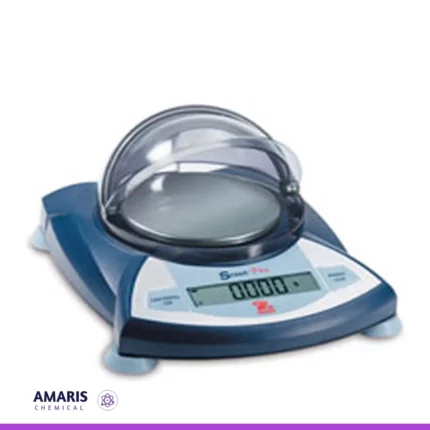

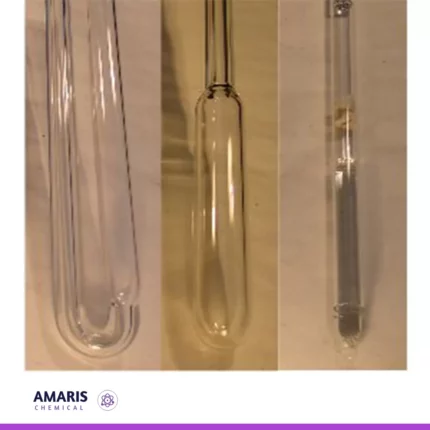
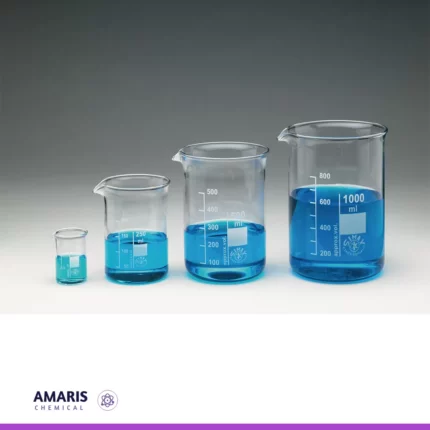









Reviews
There are no reviews yet.